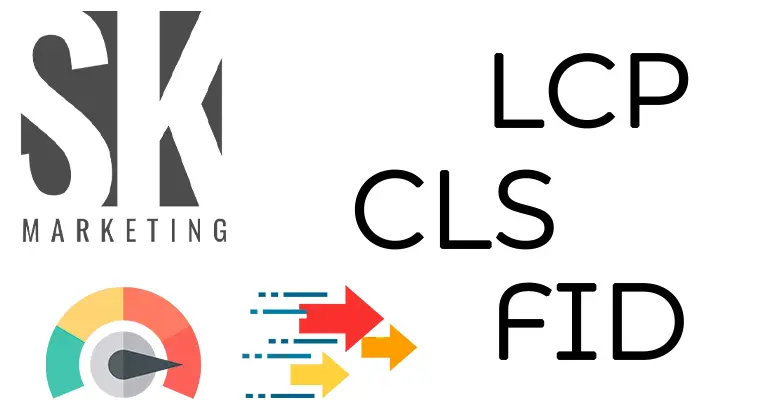
In the modern world of Internet technologies website performance plays a decisive role in the success of online business. With the recent introduction of Web Vitals Google has clearly emphasized the importance of performance indicators for ranking sites.
What is Web Vitals?
Web Vitals is a set of indicators developed by Google, which evaluates the quality of user experience on web pages. These indicators include elements such as page loading, interactivity and stability of visual content.
Key indicators of Web Vitals
- Largest Contentful Paint (LCP): This indicator measures the time required to display the main content of the page. The ideal LCP time is less than 2.5 seconds.
- First Input Delay (FID): FID measures the time between the first user interaction with a web page (for example, a click) and the browser's response to this interaction. The target value is less than 100 milliseconds.
- Cumulative Layout Shift (CLS): CLS evaluates the stability of visual content on the page. The ideal value is less than 0.1.
How does Web Vitals affect SEO?
With the introduction of Web Vitals, Google emphasized the importance of user experience in the ranking process. This means that sites that provide an excellent user experience and meet Web Vitals standards will have an advantage in search results. If you want to improve the position of your site, it is recommended to contact SEO specialist.
Practical steps to optimize Web Vitals
- Image optimization: Reducing the size of images and using modern formats can significantly speed up page loading.
- Improved server response: Server optimization, such as reducing server response time, can improve LCP and FID performance.
- Using caching: Caching can help speed up page loading by improving Web Vitals performance.
- CSS and JavaScript optimization: Removing unnecessary code and optimizing the remaining code can improve site performance.
- Web analytics: Use the tools web analytics to track the performance of your site and identify possible problems.
- Link Building: High-quality link building, or Link Building services, also plays an important role in SEO, improving the credibility of your site in the eyes of search engines.
In the modern dynamics of the Internet space, when users are becoming increasingly demanding on the quality and speed of loading web pages, Web Vitals acts as a critical element for any site. These indicators do not just reflect performance; they reflect how comfortable and convenient it is for the user to interact with your resource.
Optimization for Web Vitals will not only improve the position of your site in search results, but also increase the level of visitor satisfaction, which, in turn, can lead to an increase in conversion and customer loyalty.
Taking into account the constant development and changes in search engine algorithms, it is important to keep abreast of the latest innovations and adapt your strategies accordingly. Contacting a SEO specialist can be a decisive step in this direction.
In conclusion, I would like to emphasize that in the era of digitalization and high competition in the market, investments in the optimization and quality of your web resource are investments in the future of your business. Do not miss the opportunity to become a leader in your niche, providing visitors with the highest standard of interaction with your site.


 Sergey Kozlov
Sergey Kozlov